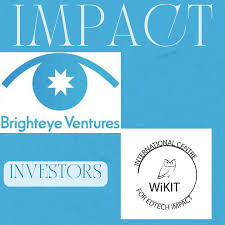In EdTech, the push for scale has long overshadowed the need to prove impact. Venture capital has historically focused on growth, find product-market fit and scale fast. Measuring learning outcomes was often an afterthought. But that’s changing.
More founders and funders are now asking: does my product actually work for learners?
This shift is driven by three forces. First, a saturated market where flashy marketing can’t mask weak products. Second, COVID-19 gave parents and teachers firsthand experience with EdTech, and they’re now demanding better quality. Third, with funding dipping to its lowest in a decade ($2.4B in 2024), strategy is shifting toward evidence-based solutions.
The political landscape adds pressure: U.S. schools are racing into AI, while Scandinavian countries are doubling down on print. Amid these extremes, evidence of impact is emerging as common ground. It helps move the debate from ideology to quality.
The Brighteye Guide
Brighteye Ventures has launched a practical new guide that tackles common myths EdTech startups face around evidence and impact. We at the International Centre for EdTech Impact were proud to collaborate, supporting Brighteye-backed companies as impact mentors. Building on a playbook we co-developed with Owl Ventures, the guide is part of a growing toolkit for EdTechs ready to take impact seriously without being overwhelmed.
Read more about why this matters and access the guide here.
When top investors are prioritizing evidence, it’s more than a trend. It is a real chance to shape the future of education. Now is the time!




Thanks for posting Natalia, ICEI is everywhere!